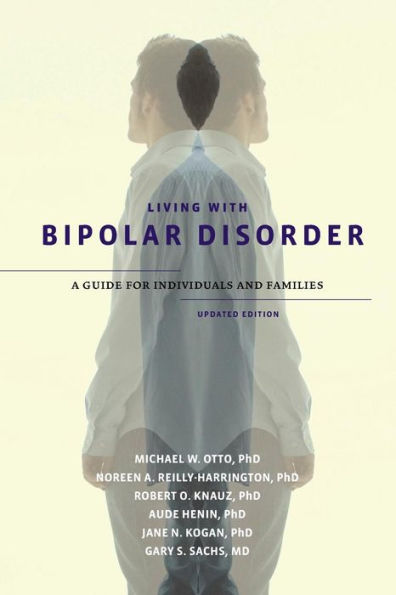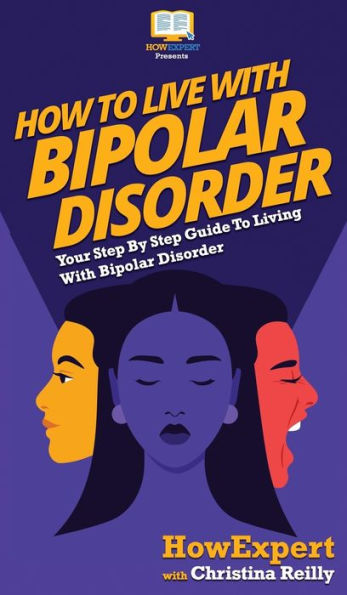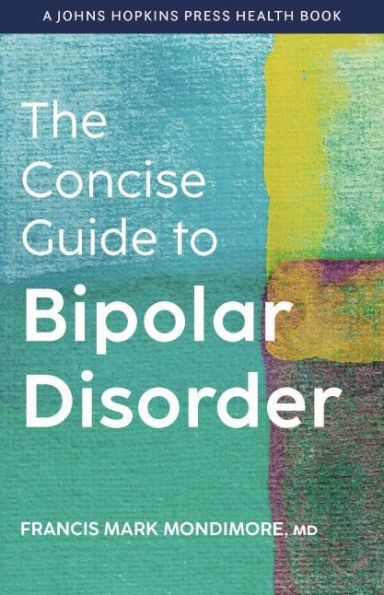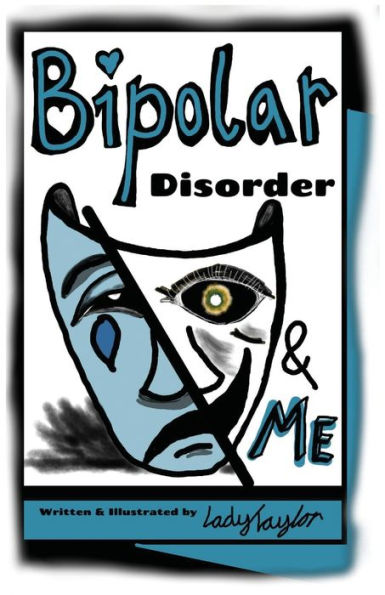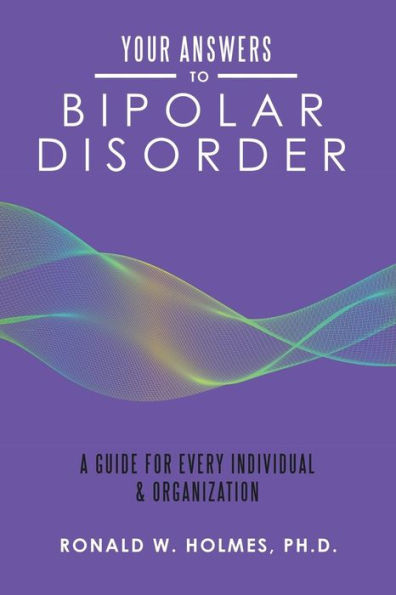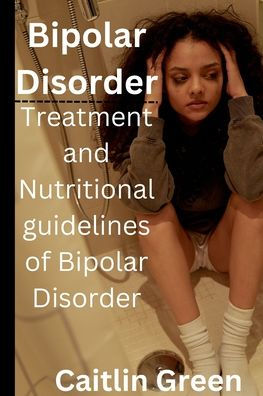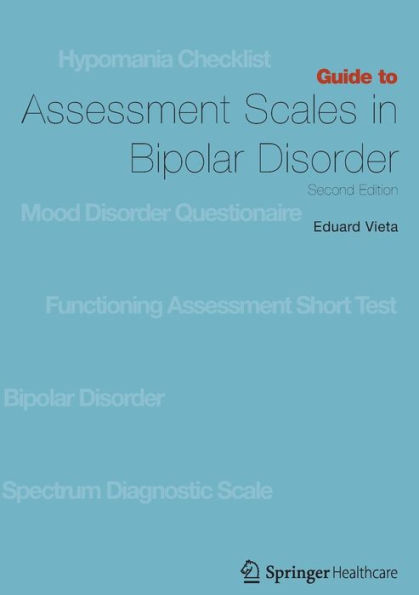Home
BIPOLAR DISORDER: A GUIDE TO LIVING WITH BIPOLAR DISORDER


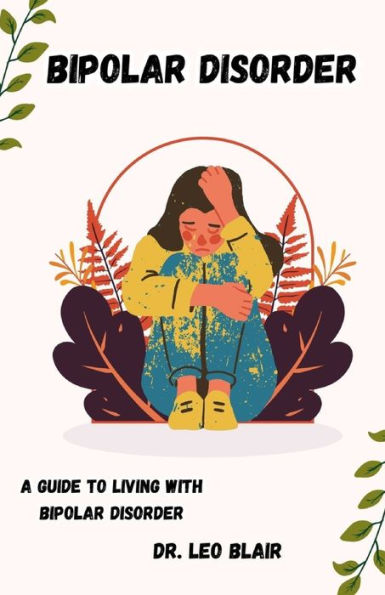
BIPOLAR DISORDER: A GUIDE TO LIVING WITH BIPOLAR DISORDER
Current price: $14.20
Loading Inventory...
Size: OS
INTRODUCTION
WHAT'S BIPOLAR DISEASE?
Bipolar disease, also referred to as manic-depressive infection, is a continual intellectual fitness condition that causes severe shifts in mood, strength stages, and conduct. Human beings with Bipolar disease enjoy intervals of extreme emotional highs, referred to as manic episodes, and periods of deep unhappiness or hopelessness, known as depressive episodes. These episodes can last for days, weeks, or even months and substantially impact a person's daily life.
During a manic episode, individuals with Bipolar disorder may additionally feel euphoric, have an abundance of power, show off impulsive behavior, and feature an inflated sense of self-confidence. They may also experience a racing mind, a reduced desire for sleep, and an inability to interact in unstable sports without regard for the outcomes. In comparison, at some stage in a depressive episode, individuals may also feel extraordinarily low, have problems concentrating, lose interest in sports they once enjoyed, and have thoughts of suicide or self-damage.
It's crucial to be aware that Bipolar disorder exists on a spectrum with exclusive subtypes and versions. Bipolar I illness is characterized by the presence of manic episodes that last for at least seven days or require hospitalization. Bipolar II, on the other hand, entails depressive episodes alternating with less extreme hypomanic episodes. Different subtypes encompass Cyclothymic disease, which consists of milder and greater common temper swings, and Bipolar disorder not otherwise certain (NOS), which includes signs that do not fit into the particular diagnostic criteria of different subtypes.
The exact cause of Bipolar disorder isn't fully understood, but studies show that an aggregate of genetic, environmental, and neurochemical factors contribute to its development. A family history of Bipolar illness or other mood issues increases the risk of developing the condition. Moreover, traumatic lifestyle activities, along with trauma, loss, or foremost existence changes, can cause the onset of bipolar disease in people who are already predisposed.
Diagnosing Bipolar illness may be a complex process because it frequently includes ruling out other clinical and psychiatric conditions that can have similar signs and symptoms. Intellectual health professionals usually conduct thorough checks, along with interviews, questionnaires, and medical tests, to attain an accurate prognosis. Early detection is important for powerful remedies and managing the condition.
The treatment for Bipolar disorder typically involves a mixture of drugs, therapy, and lifestyle changes. Mood stabilizers, consisting of lithium or anticonvulsants, are usually prescribed to help adjust temper swings and prevent relapses. Additionally, psychotherapy, which includes cognitive-behavioral therapy (CBT) or interpersonal therapy (IPT), can help people cope with the challenges of living with Bipolar disease and expand wholesome coping mechanisms. The importance of a robust support machine, such as family, friends, and aid agencies, cannot be understated, as they offer emotional aid and know-how throughout times of disaster.
